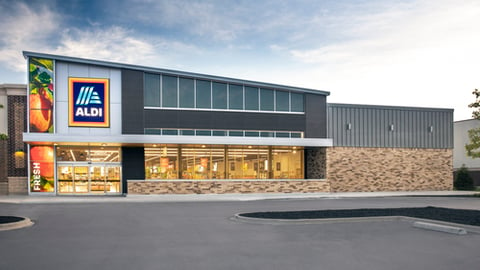Retail Sales Slow To Start 2025
Following a robust holiday season, consumers tightened spending to start 2025 as seasonally adjusted retail sales in January fell, according to new data released by the U.S. Census Bureau.
Overall retail sales in the year’s first month were down 0.9% seasonally adjusted month-over-month but up 4.2% unadjusted year-over-year. That compared with increases of 0.7% month-over-month and 4.4% year-over-year in December.
“It’s reasonable to expect some slowdown from the vigorous 2024 holiday season, so January’s numbers are not a surprise and don’t contradict the consumer spending trends we experienced,” said Jack Kleinhenz, chief economist with the National Retail Federation. “The slower spending reflects weaker payroll growth in January, and higher prices remain a challenge for most households. Cold weather in many parts of the country and wildfires in California were likely headwinds that disrupted demand and consumer patterns.”
January’s core retail sales as defined by NRF — based on the Census data but excluding automobile dealers, gasoline stations, and restaurants — were also down 0.9% seasonally adjusted month-over-month but up 4% unadjusted year-over-year. Core sales were up 4.1% year-over-year on a three-month moving average.
The results come after core retail sales grew 4% year-over-year during the 2024 holiday season and 3.6% for the full year.
Previously, the CNBC/NRF Retail Monitor, powered by Affinity Solutions, reported that core retail sales were down 1.27% seasonally adjusted month-over-month in January but up 5.72% unadjusted year-over-year. That compared with increases of 2.19% month-over-month and 8.41% year-over-year in December.
Chip West, retail and consumer behavior expert with RRD, a global provider of marketing, packaging, print, and supply chain solutions, said there is a perception among consumers that prices will remain high, at least in the short term, and determined shoppers are likely to continue seeking value.
“Years of inflation and rising costs have sharpened their savings strategies,” he said. “I am confident that retailers that maintain strong promotions will be best positioned to outpace their competitors.
He noted the grocery sector in January saw a slight increase in overall sales compared to December due to the increase in food prices. This increase, in part, has been driven by the rising cost of eggs due to the impact of the avian bird flu.




